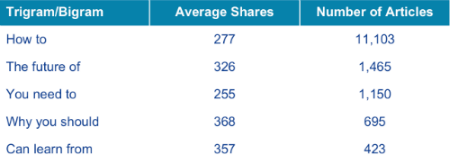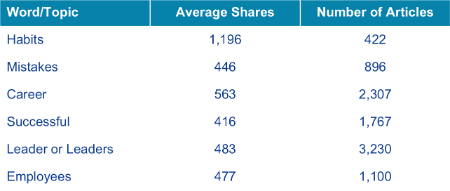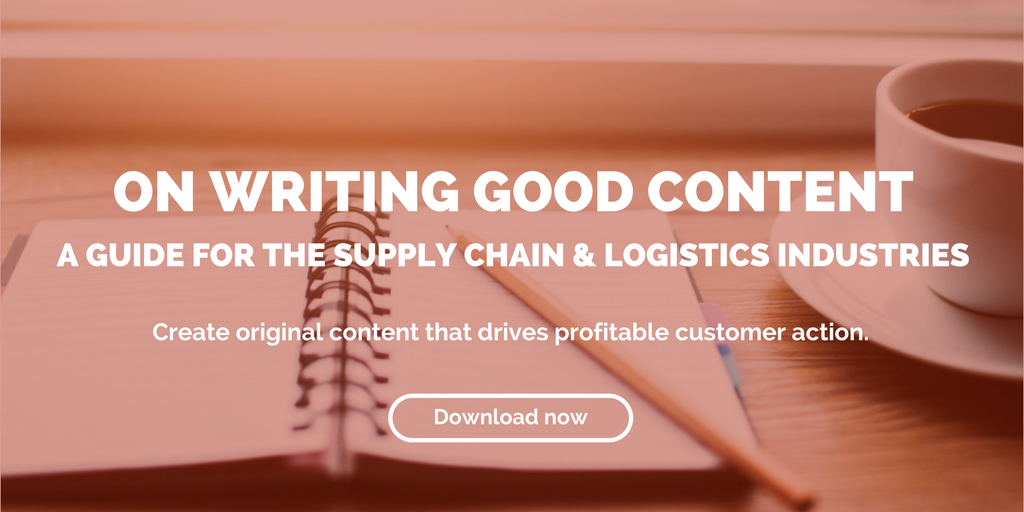The most popular content from LinkedIn in 2016 offers some headline inspiration for businesses hoping to improve reach and impact in 2017.
Buzzsumo’s Steve Rayson wrote an article the other day that really struck a chord with what we do here at Fronetics: He used data to analyze patterns in successful content. More specifically, Rayson examined the most popular content posted on LinkedIn in 2016 and identified headlines and topics that were most successful last year.
The results are really interesting and say a lot about what content resonates with the general LinkedIn community. I’ve summarized his findings below.
Most popular headline phrases
Rayson examined the 10,000 most-shared posts on LinkedIn in 2016 and identified the most common two- and three-word phrases from their headlines. Some of the most frequent included:
- How to
- You need to
- Why you should
- Can learn from
- The future of
Rayson then pulled all the headlines from 300,000 posts using these phrases. He found that not only did more headlines include these phrases, but also that posts with headlines using these phrases received more shares than average.
For context, the average number of shares for all LinkedIn posts in November 2016 was 230. Here are Rayon’s findings.
Most impactful headline words and topics
Rayson conducted the same exercise for single words or topics in headlines. His table below shows some of the best-performing words and their social reach.
How can I write better headlines?
Rayson concludes from his analysis that LinkedIn’s top-performing content — in terms of shares — usually involves instruction on how to be successful in one way or another. This is probably no surprise, given the network’s career-oriented nature. But it can be useful to marketers who are looking to create and distribute content through this platform in the coming year.
Rayson’s takeaways offer some useful suggestions for framing LinkedIn content to improve reach and impact.
- Write about success: We all aspire to do better as professionals. LinkedIn is a place we come to find advice. The core topics that do well are personal success (tips, career advice, personal skills, leadership) and business success (team management, sales, including staying ahead on top of industry trends and case studies).
- Share advice and make it personal: Does your content provide practical advice to someone personally? It can range from boosting sales to managing a difficult employee or boss. Can you appeal to users on a very personal basis, e.g. you need to or you should.
- Focus on work: Will your insights make someone more successful at work? Can you distil this down into habits or tips or mistakes to avoid.
- Talk trends and the future: Can you provide insights into industry trends and help people gain a better perspective on the future?
- Stick with what works: If you find a format that works, do not be afraid to reuse it.
Related posts:




